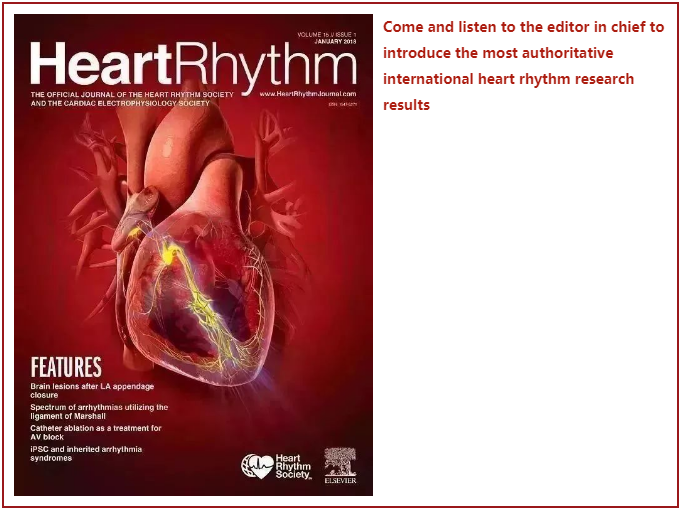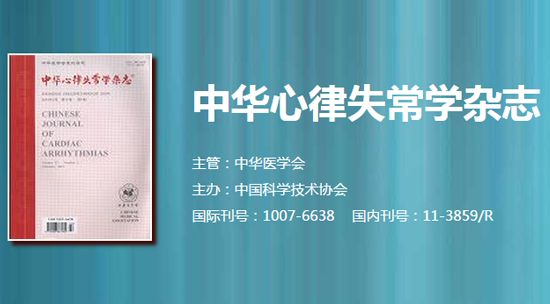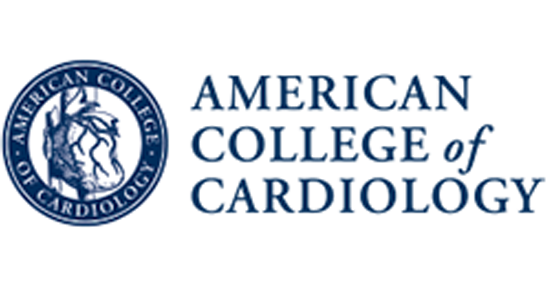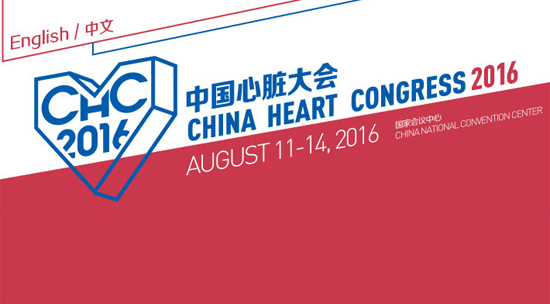HeartRhythm主编—陈鹏生教授语音速递(二月刊 英文版)


Peng-Sheng Chen
Hello, this is Dr. Peng-Sheng Chen, the Editor-in-Chief of Heart Rhythm.
The first article in the February 2023 issue is a Research Letter titled “Increase in United States atrial fibrillation-related mortality during the COVID-19 pandemic”. The authors studied the data from the Centers for Disease Control and Prevention. They found that during the first year of COVID-19 pandemic, excess mortality related to AF was observed in the United States. This phenomenon mainly affected white men older than 65 years. The present findings reinforce the need for additional screening and public health care interventions to identify AF in the general population remembering the prognostic impact of this arrhythmia in patients with COVID-19.
The next article is “Long-term outcomes in nonprogressors to cardiac resynchronization therapy”. Among patients with heart failure undergoing cardiac resynchronization therapy (CRT), patients with a minimal change in LV ejection fraction have recently been defined as “nonprogressors” rather than as “nonresponders.” Little is known regarding long-term outcomes of nonprogressors. A total of 1058 patients were included and had a mean follow-up 8.7 ± 5.4 years. The authors found that nonprogressors to CRT have superior medium-term outcomes but similar long-term outcomes to progressors and inferior outcomes to responders and super-responders.
Up next is “Association of left ventricular remodeling with cardiac resynchronization therapy outcomes”. The purpose of this study was to evaluate long-term CRT outcomes by extent of LV remodeling. The data came from a prospective, double-blind, randomized trial of CRT. The analyses included 353 subjects randomized to CRT-ON arm. They found that preventing further increases in LV end-systolic volume with CRT was associated with reduced mortality, whereas functional measure improvement was associated with LV remodeling magnitude. These results support the consideration of functional and mortality end points to assess CRT efficacy and provide further evidence that the dichotomous “responder and nonresponder” classification should be modified.
That article is followed by one titled “Transvenous lead extraction in patients with systemic cardiac device–related infection—Procedural outcome and risk prediction: A GALLERY subgroup analysis”. A total of 722 patients (28.6%) in the GALLERY database had “systemic infection” as extraction indication. These patients were older and had more comorbidities than patients with local infections or noninfectious extraction indications. There was an increased rate of all-cause in-hospital, as well as procedure-related mortality, despite having comparable procedural success rates. Given these data, it seems paramount to develop preventive strategies to detect and treat cardiac device-related systemic infection in its earliest stages.
Coming up is “Antitachycardia pacing success in implantable cardioverter-defibrillators by patient, device, and programming characteristics”. The authors performed a retrospective analysis of the PainFree SmartShock Technology study. Of the 2770 enrolled patients, 1699 (61%) received an ICD and 1071 (39%) a cardiac resynchronization therapy – defibrillator. ATP had >80% rate of success for terminating VTs overall. The authors conclude that delivering more ATP sequences resulted in a higher overall success of terminating VTs, while programming more ATP was associated with decreased shock burden and no evidence of increased syncope or acceleration.
The next one is “Pocket histology at cardiac implantable electronic device replacement: What’s new?”. This is a single center study between November 2019 and May 2020. Pocket tissue specimens from the anterior and posterior pockets were obtained intraoperatively. Thirty patients (6 women, 20%) were enrolled. Subcapsular fibrosis was mild and multifocal in the anterior wall and moderate and focal in the posterior wall. Neovascularization was focal in mostcases, and vessel remodeling mainly involved the tunica media. Chronic inflammation was usually mild and nongranulomatous, and in a quarter of cases, subacute exudative fibrous inflammation was detected in the posterior pocket wall. The authors concluded that the CIED pocket is a histopathologically dynamic environment, given the coexistence of both a subacute foreign body response and fibrous tissue growth, implying continuous remodeling due to an injury-repair mechanism. Strategies to interact with foreign body response might minimize inflammatory pocket activity.
Next up is “Biventricular endocardial pacing and left bundle branch area pacing for cardiac resynchronization: Mechanistic insights from electrocardiographic imaging, acute hemodynamic response, and magnetic resonance imaging”. The purpose of this study was to compare the acute electrical and hemodynamic effects of BiV-epi, BiV-endo, and LBBAP delivered from the LV endocardium and to assess how myocardial scar affects response. Ten patients with heart failure and indications for CRT underwent a temporary pacing study with electrocardiographic imaging (ECGi) and hemodynamic assessment. The results show that superior electrical resynchronization and a higher proportion of acute hemodynamic responders during BiV-endo and LBBAP compared to BiV-epi. Electrical resynchronization was similar between BiV-endo and LBBAP; however, septal scar seemed to attenuate the response to LBBAP.
Coming up is “Distance between the lead-implanted site and tricuspid valve annulus in patients with left bundle branch pacing: Effects on postoperative tricuspid regurgitation deterioration”. A total of 89 patients were enrolled and assigned to 2 subgroups based on the degree of tricuspid regurgitation (TR) before LBBP implantation. At 19.0 ± 6.5 months of follow-up, 29 patients (32.6%) had TR deterioration, and 23 of them were in the grade 0/1 subgroup. The authors found that TR was a common complication of LBBP implantation. In patients with none/trivial or mild TR, Lead-TA-distance ≤16.1 mm was an independent predictor of TR deterioration after LBBP implantation.
Up next is “Incremental value of the signal-averaged ECG for diagnosing arrhythmogenic cardiomyopathy”. Probands with ARVC and family members from the Canadian Arrhythmogenic Right Ventricular Cardiomyopathy Registry underwent phenotype review. A total of 196 patients with ARVC and 205 controls were included. SAECG abnormalities were seen in 83 of 205 controls (40%), 33 of 68 patients with ARVC and mild disease (51%), and 31 of 42 with severe disease (74%). The SAECG associated strongly with imaging abnormalities but not with other aspects of phenotype. The authors conclude that the SAECG appears to be a surrogate marker for structural abnormalities seen on imaging in those with ARVC. Great caution is required in interpreting SAECG findings in those without other corroborating evidence of an ARVC phenotype.
The next one is “Prognostic significance of remotely monitored nocturnal heart rate in heart failure patients with reduced ejection fraction”. The purpose of this study was to investigate the clinical significance of nocturnal heart rate (nHR) and 24-hour mean heart rate (24h-HR) obtained by continuous remote monitoring (RM) of implantable devices. The study cohort included 1330 patients. Compared with patients in the lowest nHR quartile group, patients in the highest quartile group had an increased risk of nonarrhythmic death and VT/VF and were characterized by the lowest level of physical activity. The authors conclude that in remotely monitored patients with implantable cardioverter-defibrillator/CRT-D on β-blocker therapy for heart failure, elevated heart rates (nHR >65 beats/min and 24h-HR >75 beats/min) were associated with increased mortality and VT/VF risk. nHR showed a stronger association than 24h-HR with worst prognosis and lowest physical activity.
Up next is “Ventricular Arrhythmias Following Fibroma Resection: Are Patients Still at Risk?” The cohort included 56 patients with ventricular fibromas who underwent surgical resection. The median age at surgery of 2 years. Indications for surgery included cardiac arrest in 11 (24%), sustained VT in 16 (35%), premature ventricular contractions/nonsustained VT in 10 (22%), and hemodynamic abnormalities in 9 (20%). At the time of last follow-up (median 1.5 years), 45 (98%) were free of clinical VT/VF and no patient with an ICD has received an appropriate shock. The authors conclude that surgical resection of ventricular fibromas significantly reduces the risk of life-threatening arrhythmias in children; however, a small number of patients remain vulnerable.
The next article is “Rapid ventricular tachycardia in patients with tetralogy of Fallot and implantable cardioverter-defibrillator: Insights from the DAI-T4F nationwide registry”.Data were analyzed from a nationwide registry including all patients with TOF and implantable cardioverter-defibrillator (ICD) since 2000. Of 144 patients, 61 (42%) had at least 1 VT/VF episode, including 28 patients with rapid VT/VF (46%), during a median follow-up of 6.3 years. Compared with patients in the nonrapid VT group, those in the rapid VT/VF group were significantly younger at ICD implantation, had more frequently a history of cardiac arrest, less frequently a history of atrial arrhythmia, and higher right ventricular ejection fraction. The authors conclude that patients with TOF and rapid VT/VF had distinct clinical characteristics. The relatively low variation of VTCL over time suggests room for catheter ablation without a backup ICD in selected patients with well-tolerated VT.
Coming up is “The derivative of tissue activation as a marker of arrhythmogenic myocardium”. The authors hypothesized that tissue derivative of the voltage with respect to time (dV/dt), the slope of the unipolar ventricular electrogram registered by local ventricular activation, represents a unique parameter for identifying potential arrhythmogenic tissue in the ischemic scar border zone. They found that the minimum dV/dt (dV/dtmin) in MI animals was less than that in control animals. In MI animals, low dV/dtmin regions harbored arrhythmogenic substrates that were characterized by (1) high responsiveness to sympathetic stimulation, (2) presence of late potentials, and (3) lower unipolar and bipolar voltage amplitudes. The authors conclude that dV/dtmin is a unique parameter for identifying arrhythmogenic myocardium and may add a useful metric to conventional mapping strategies.
The next 3 articles are contemporary reviews. The first one is titled “Lights and shadows of subcutaneous implantable cardioverter-defibrillator in Brugada syndrome”. The authors discussed the correct use of subcutaneous ICD in Brugada syndrome. The second one is “Pacing-induced cardiomyopathy: A systematic review and meta-analysis of definition, prevalence, risk factors, and management”. The authors found that the key risk factors included baseline left ventricular ejection fraction, native QRS duration, RV pacing percentage, and paced QRS duration. A third review is titled “Reduction in atrial and pulmonary vein stretch as a therapeutic target for prevention of atrial fibrillation”. This review focuses on atrial stretch and its clinical associations in patients with AF and its downstream effects on electrophysiology. The authors discuss the possible application of targeted atrial stretch reduction in AF prevention. They conclude that reducing local atrial stretch should be considered an essential element in rhythm control. These review articles are followed by a Creative Concept paper titled “Subthreshold delayed afterdepolarizations provide an important arrhythmogenic substrate in the border zone of infarcted hearts”.
There are 4 Research Letters in this issue of the journal. The first one is “Temporary active fixation lead pacemaker in transcatheter aortic valve replacement patients with right bundle branch block”. The authors show that temporary pacing using a permanent active fixation pacing lead connected to an external generator in TAVR patients is feasible and safe. A second research letter is titled “A novel simple and safe approach to frozen pacemaker leads”. This new approach includes placing the rubber glove between the set screw and the wrench. It helped the authors remove 2 frozen pacemaker leads at the time of pulse generator replacement. The 3rd letter is “Contemporary trends in utilization and outcomes of percutaneous left atrial appendage occlusion in the United States from 2016 to 2019”. The authors report that the volume of percutaneous left atrial appendage occlusion increased 5-fold from 2016 to 2019, accompanied by a decrease in most complications and length of hospital stay despite a more comorbid patient population. A final research letter is “Immune cell subpopulations as risk factors for atrial fibrillation: The Cardiovascular Health Study and Multi-Ethnic Study of Atherosclerosis”. In this evaluation of circulating immune cell subsets in 2 large population-based prospective cohort studies, none was associated with new-onset AF. These null findings do not exclude the role of innate or adaptive immune activation in the pathogenesis of AF.
I hope you enjoyed this podcast. For Heart Rhythm, I’m the Editor-In-Chief, Dr. Peng-Sheng Chen.











